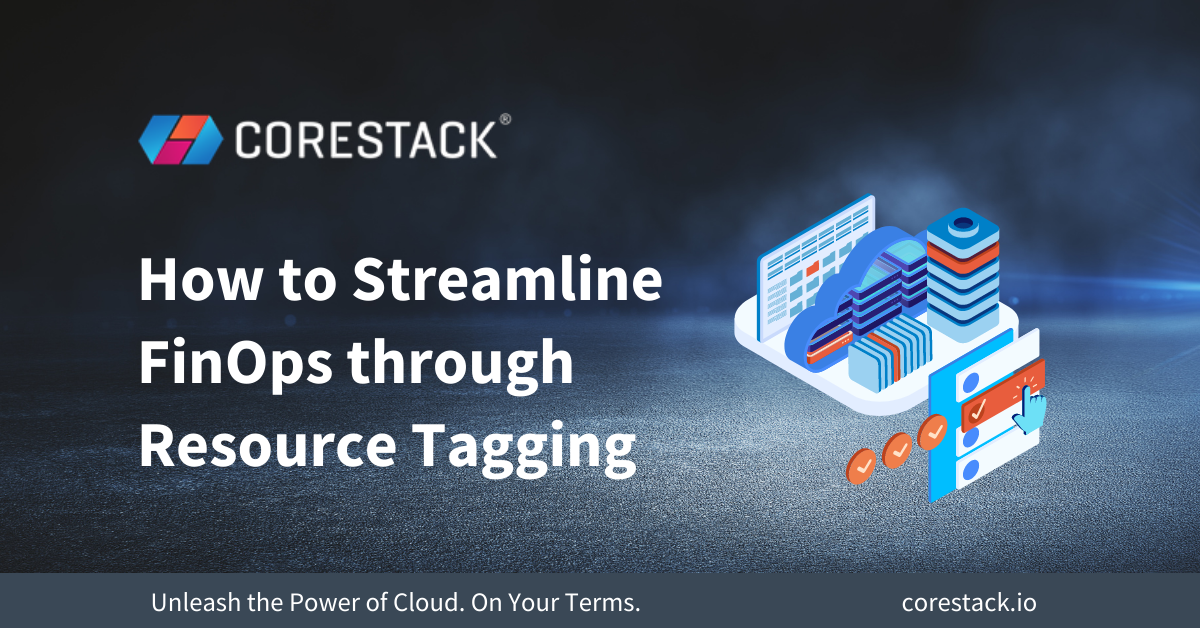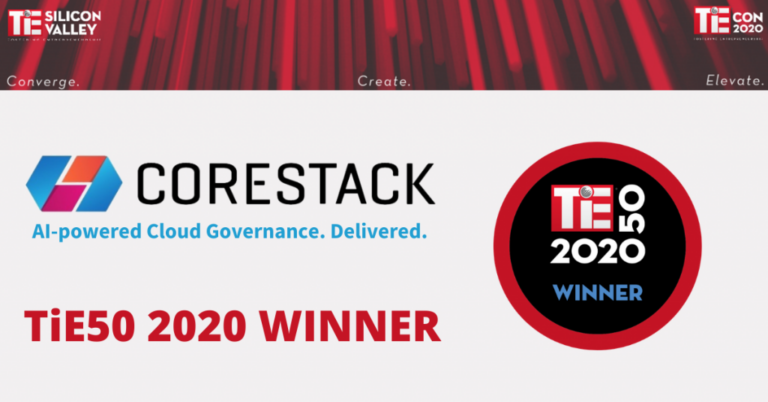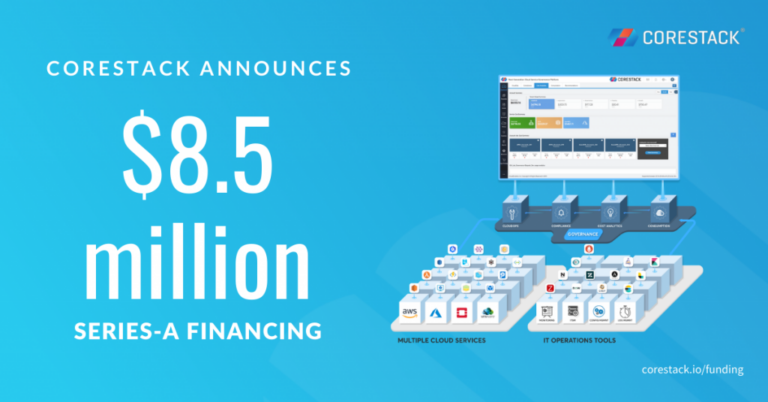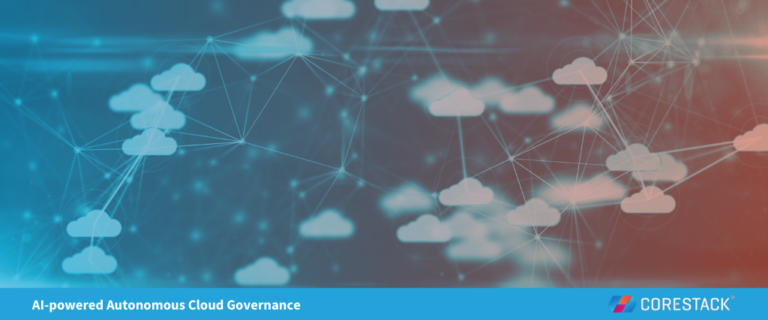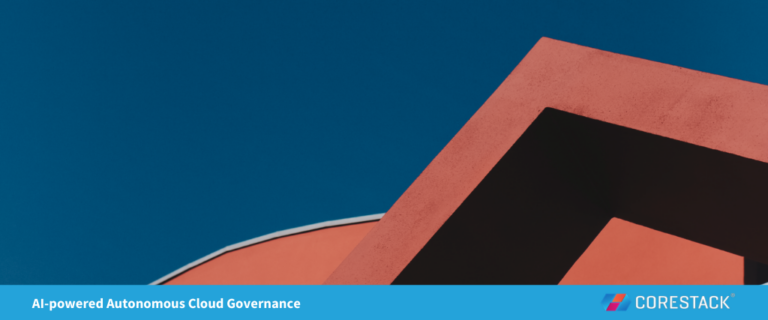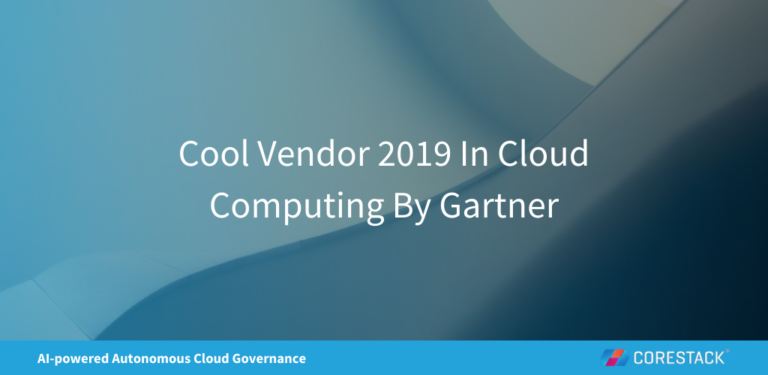How to Streamline FinOps through Resource Tagging
As enterprises embrace the ‘digital first’ strategy, clearly cloud technology is a fore runner and here to stay. In this blog series, we will be exploring Resource Tagging as an approach that enterprises can implement to streamline the FinOps strategy.
According to Gartner Research, 40% or all enterprise workloads will be deployed in cloud infrastructure and platform services (CIPS) by 2023, up from only 20% in 2020.
Enterprises embrace the cloud to reduce IT cost and optimize IT investments. However, a complete contrast to the expectations, the IT spend could rapidly spiral out of control in the early stages of cloud adoption.
The reason being lack of an adaptive governance strategy that includes cloud cost management or FinOps. The key enablers in creating a successful FinOps strategy is accurate visibility into cloud resources, budget controls, and charge-back mechanism through automation.
An efficient approach to enable visibility into resources, cost monitoring through automation is implementing a consistent and effective ‘Resource Tagging’ strategy.
So, what are Tags?
Cloud tags are metadata labels that are a combination of user-defined key and value. Applying tags to cloud resources help enterprises easily manage, identify, organize, search and filter through information by group or value. Tags can help categorize resources by purpose, owner, environment, or other criteria, which ultimately helps with visibility, accountability, allocation, cost reporting, compliance, and more.
Resource tagging is a keystone to your cloud governance initiatives.
It is important to organize cloud assets as per the enterprise which ultimately helps with visibility needs – organization structure, financial accounting practices, and application needs. For example, the resources can be tagged by environment, department, application name, cost center etc.
Resource tagging helps in numerous ways in following consistent and standard practices pertaining to resource deployment, management, and reporting. An effective cloud cost governance relies on good tag hygiene. A disciplined and well-designed tag hygiene will help in numerous ways:
- To support critical governance initiatives for cost reporting, cost optimization, charge-back security, and compliance
- To easily discover every cloud resource on-demand
- To establish ownership of the resource for effective charge-back mechanism both for maintenance and for billing
- To understand which environment the cloud resource belongs to – production, development, staging, or QA and then apply policies based on these tags. For example, turn off all development resources on a weekend
- To facilitate financial accounting process with different billing codes (for different kinds of cloud spend) mapped to the tags
An effective Resource Tagging strategy can help an enterprise gain visibility and insights into the cloud consumption, costs, and resources that ultimately empower FinOps. In the next blog, we will discuss why multi-cloud environment must have a well-defined Resource Tagging strategy.
To understand where you are at your cloud journey, you can get the FinOps Assessment of your Cloud Infrastructure done at no cost to you! Sign up now at corestack.io/governance and we'll will get you a report that provides:
- Deep actionable insights into cost drivers and includes real-time cost anomaly findings
- Detailed analysis of resource utilization and provides recommendations for cost optimization
- Budget forecasts, trend analysis, as well as the pre-defined tagging standards and show-back/charge-back reports

